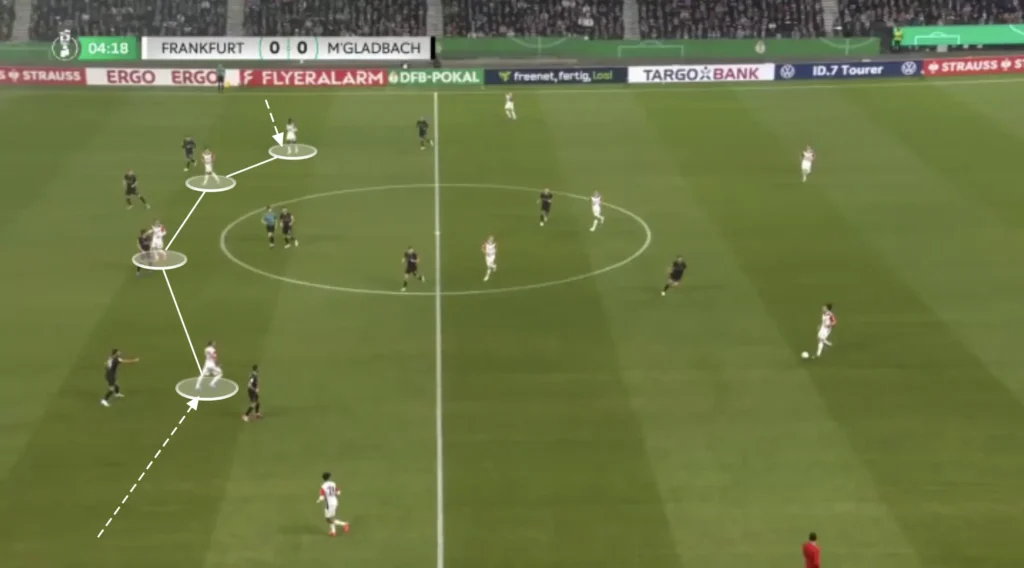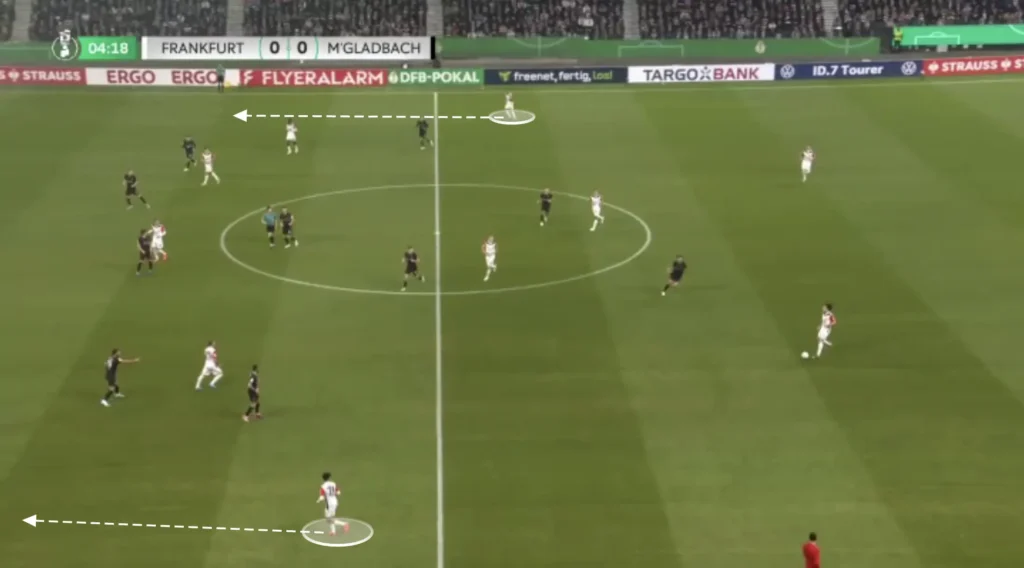In modern football, tactical roles have evolved dramatically, giving rise to creative and versatile approaches. Among these is the role of the inverted winger, a player who operates on the wing but drifts into central areas when their team is in possession. Unlike traditional wingers who prioritize stretching the pitch and delivering crosses, inverted wingers aim to impact the game by occupying midfield spaces, creating overloads, and adding an extra layer of unpredictability to the attack.
This tactical concept has become increasingly popular in recent years, as it aligns perfectly with the emphasis on fluid attacking systems. Teams that rely on possession-based football and quick interchanges often use inverted wingers to gain control over the central areas while maintaining attacking balance.
What Are Inverted Wingers?
An inverted winger is typically a wide player who drifts inside toward the midfield areas during attacking phases.
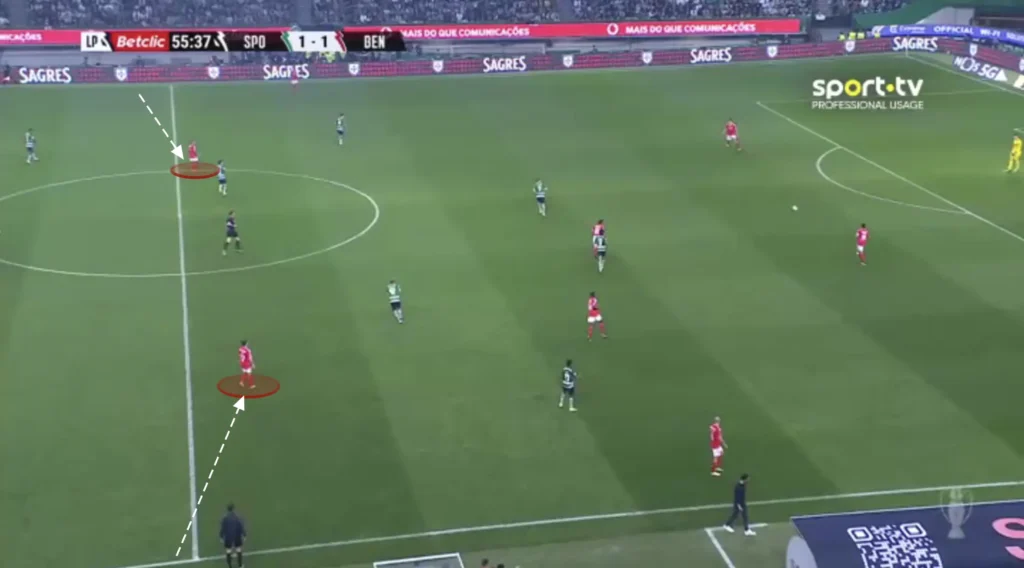
This movement into the central zones often disrupts the opponent’s defensive shape, allowing the team to exploit spaces in ways that traditional wingers cannot. From these central areas, the wingers can shoot, play through-balls, or combine with midfielders and forwards to create goalscoring opportunities.
Tactical Advantages of Inverted Wingers
1. Midfield Overloads
One of the biggest advantages of inverted wingers is their ability to create numerical superiorities in central areas. By drifting into midfield, they add extra bodies, making it harder for the opposition to maintain defensive compactness. This overload enables better ball circulation, quick one-touch passing combinations, and more options for progression through the middle.
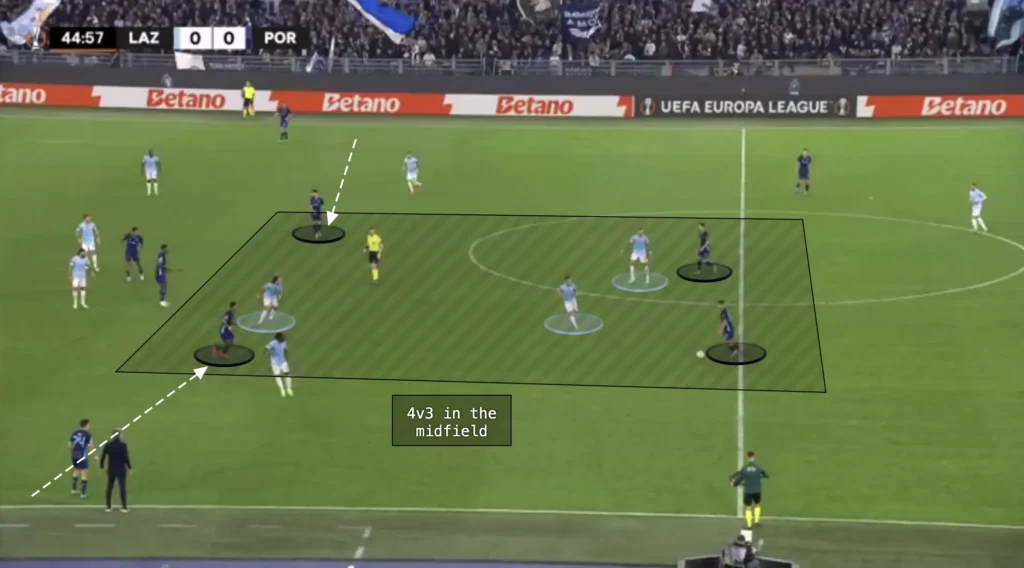
Overloads also force defenders to make difficult decisions. Should they stay wide to cover the winger’s original position, or follow the winger into midfield, leaving space behind? These dilemmas often create gaps that can be exploited by overlapping fullbacks or midfield runners.
2. Central Creativity
Inverted wingers bring creativity into the central zones, often functioning as advanced playmakers. Their positioning allows them to link up with central midfielders, combine with strikers, or deliver incisive passes through tightly packed defenses.
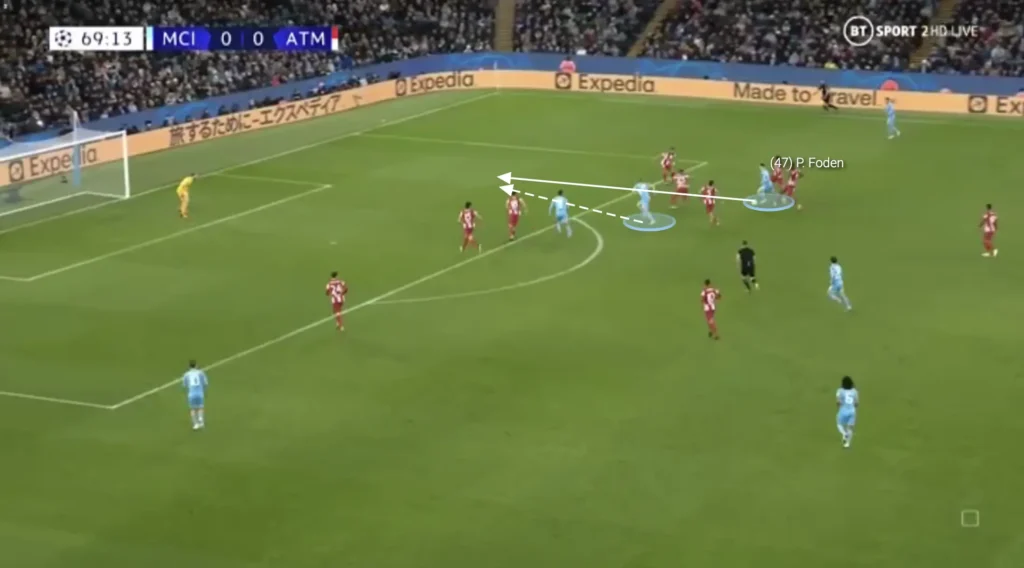
Unlike traditional wingers who primarily focus on wide play, inverted wingers can thread through-balls into the box, switch the play to the opposite flank, or take shots from more dangerous areas. This central creativity adds another layer of unpredictability to the team’s attacking play.
3. Space Creation for Overlapping Fullbacks
When inverted wingers move inside, they vacate the wide areas, creating opportunities for overlapping fullbacks to exploit. This dynamic can stretch the opposition’s defensive line, as defenders are forced to decide between tracking the winger inside or staying wide to block the fullback’s advance.
Teams with energetic and technically skilled fullbacks benefit greatly from this setup, as it gives them the freedom to attack high up the pitch. This combination of inverted wingers and overlapping fullbacks is particularly effective against compact defenses.
4. Unpredictability in Attack
Traditional wingers are often predictable; they rely on pace and dribbling to beat defenders and cross the ball into the box. Inverted wingers, however, operate with far more versatility. Their central positioning allows them to attack through multiple channels — they can cut inside to shoot, play diagonal balls into the box, or even drift further back into midfield to help recycle possession.
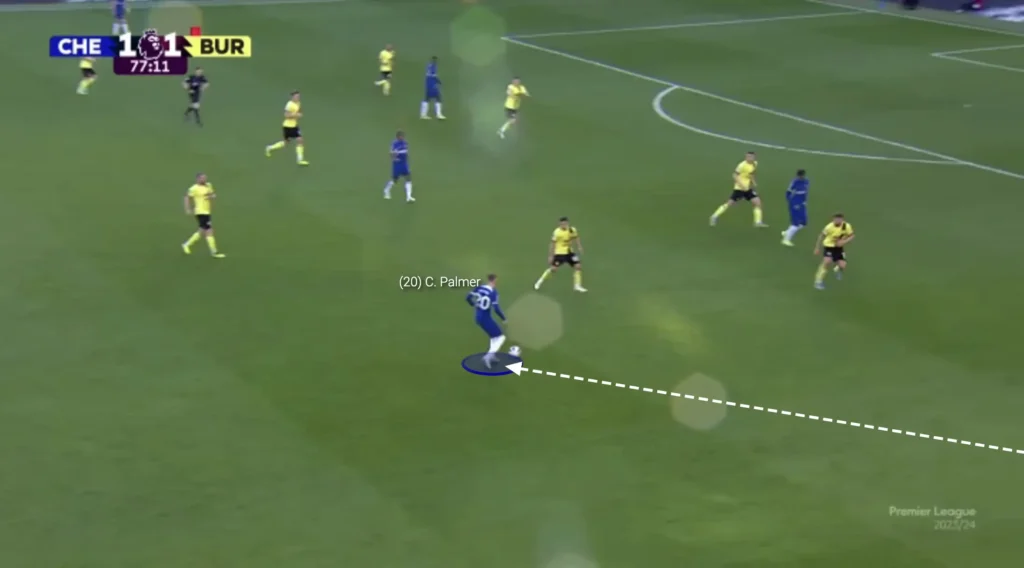
This unpredictability makes inverted wingers difficult to defend against. Opponents are forced to stay alert and adapt to the winger’s movement, often leading to confusion and defensive errors.
5. Improved Defensive Transitions(Rest-Defence)
Another advantage of inverted wingers is their proximity to the action during defensive transitions. By positioning themselves centrally, they can quickly counterpress and prevent the opponent from launching counterattacks.
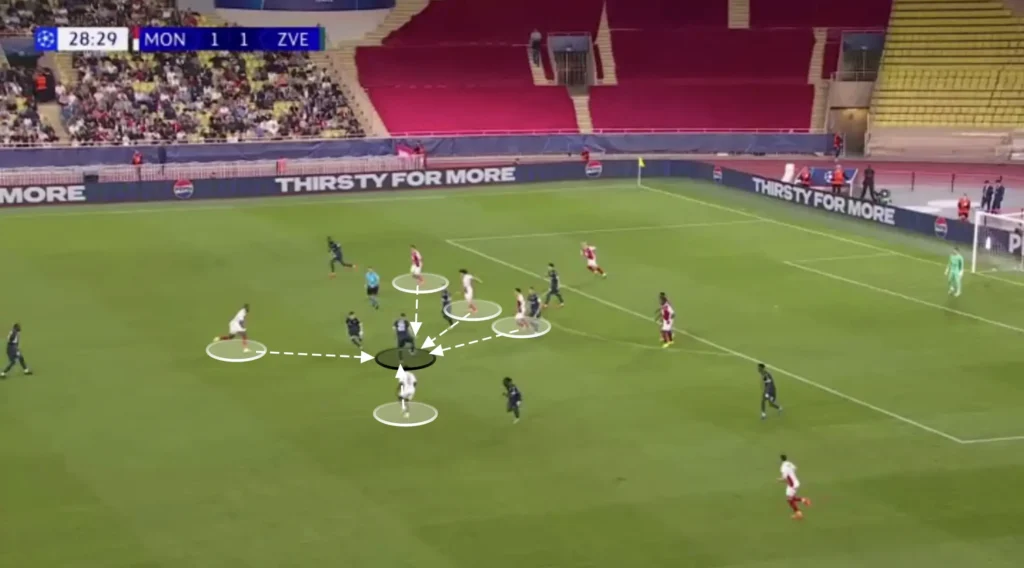
This defensive contribution is crucial in modern football, where many teams emphasize winning the ball back high up the pitch. Inverted wingers, often positioned closer to the ball when possession is lost, play an essential role in maintaining the team’s defensive shape during transitions.
When to Use Inverted Wingers
Inverted wingers are particularly effective in systems where the team dominates possession and looks to break down organized defenses. Formations such as the 1-4-3-3, 1-4-2-3-1, or 1-3-4-3 lend themselves well to this tactic, as they provide the structure needed to support the inverted winger’s movements.
Teams with overlapping fullbacks, creative midfielders, and strikers who can exploit spaces in behind often get the most out of inverted wingers. Additionally, this tactic is ideal against opponents who defend in a low-block, as it allows the attacking team to overload the midfield and find creative ways to penetrate the defense.
Challenges of Using Inverted Wingers
Despite their many advantages, inverted wingers can present certain challenges:
- Lack of Width: By cutting inside, inverted wingers often leave the flanks exposed. This can make the team’s attack narrower, reducing the effectiveness of crossing opportunities. Opponents can exploit this lack of width by staying compact and forcing play out wide.
- Over-reliance on Fullbacks: Inverted wingers depend heavily on fullbacks to provide width and attacking support. If the fullbacks are unable to overlap effectively or are pinned back defensively, the team’s attacking balance can suffer.
- Congestion in Central Areas: While midfield overloads can be advantageous, they can also lead to overcrowding in the central zones. If the opposition defends with discipline and organization, the inverted winger’s movements may limit the space for creative players in the center.
- Defensive Vulnerability: The spaces vacated by inverted wingers on the flanks can leave the team vulnerable to counterattacks. If the fullbacks are caught too high up the pitch, the opposition can exploit the wide areas with quick transitions.
Conclusion
The inverted winger is a prime example of how football tactics continue to evolve. By moving into central areas, these players blur the lines between traditional roles, offering a unique blend of creativity, fluidity, and positional intelligence. Their ability to overload midfield, combine with teammates, and create unpredictable attacking patterns has made them an essential component of modern football.
However, like any tactical approach, the success of inverted wingers depends on the overall system and the players around them. When executed effectively, this tactic can transform a team’s attack, unlocking new dimensions and leaving opponents struggling to cope.

